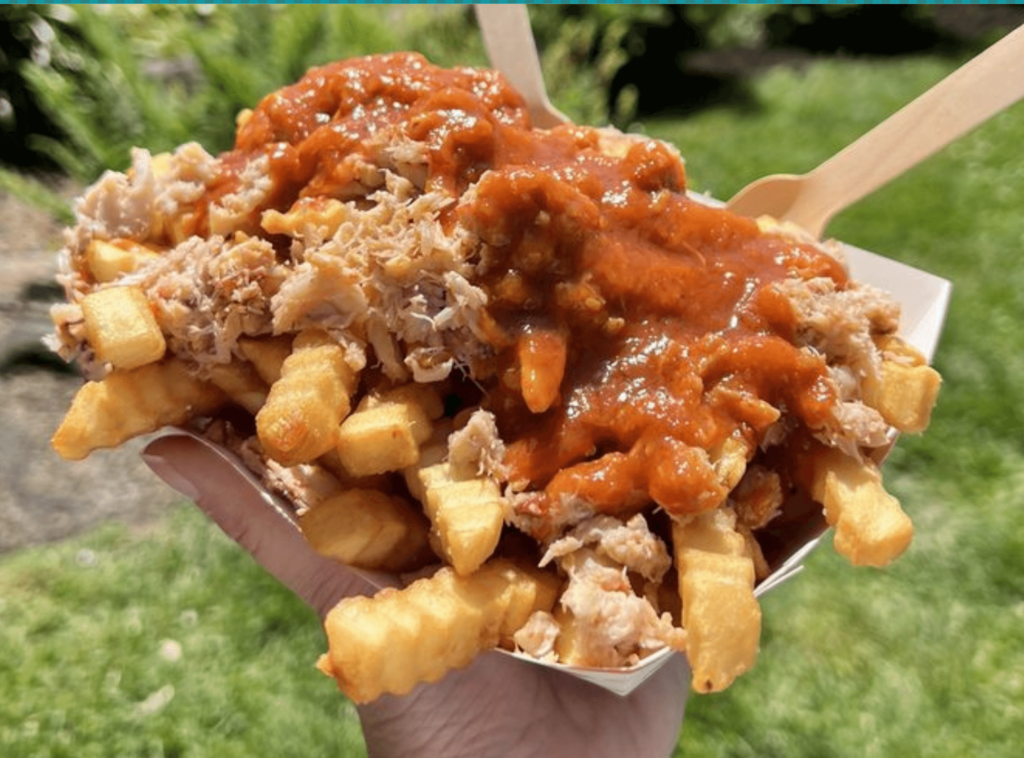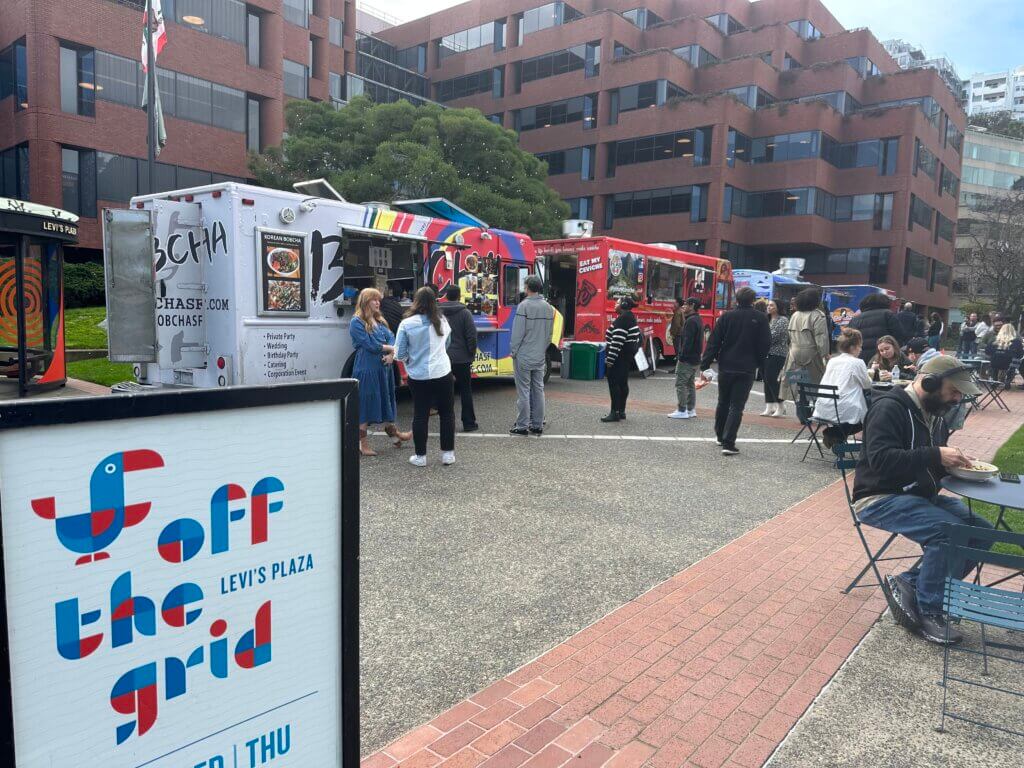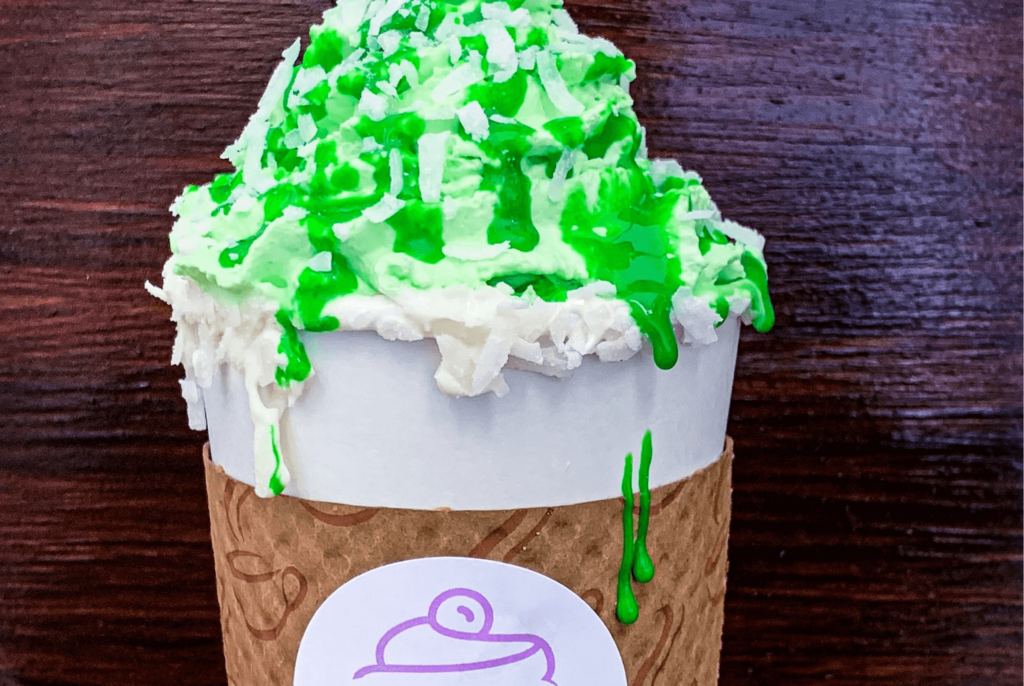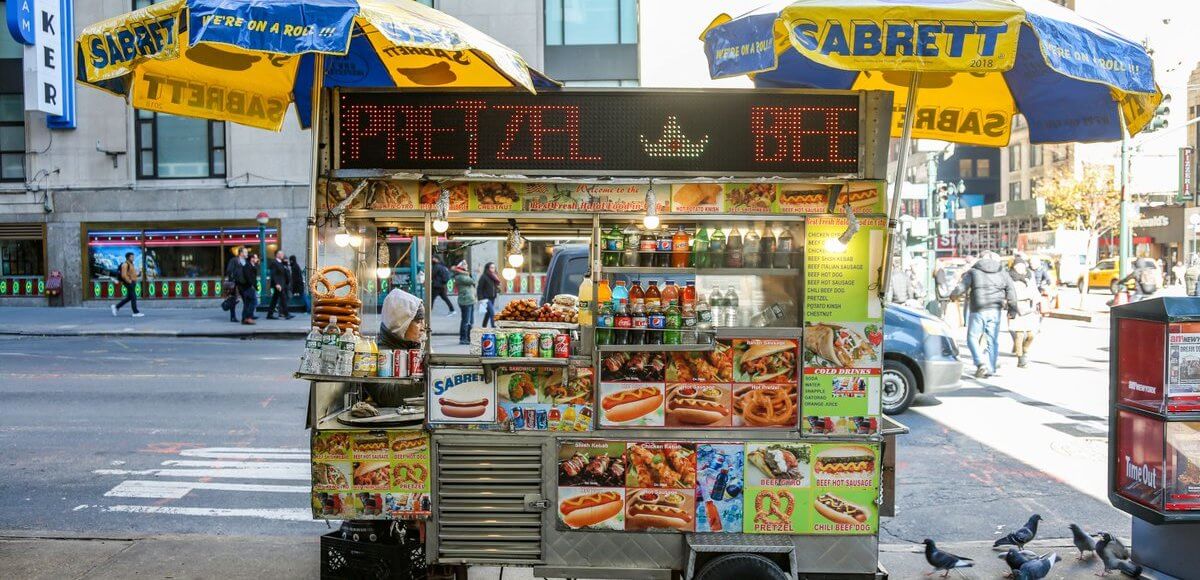
While the pandemic wreaked havoc on San Francisco’s food industry, it seems like things could be worse.
Across the country, in comparable food cities, like Seattle, New York, Portland, and Los Angeles, food businesses and workers are trying everything they can to stay alive in what continues to be a very uncertain atmosphere. While there have been some silver linings and several success stories, many cities are painting a pretty bleak picture.
Last week, we spoke with a Seattle food writer about the state of the industry in Washington state who revealed that while there are interesting pop-ups and notable pivots, the industry was devastated by unrelenting rent, bad weather, and delayed action.
This week’s interview with New York Eater main editor Bao Ong took a similar tone. While there are devastating closers and a number of struggling businesses, it seems the tides are turning in San Francisco in a way that might take longer in a place like New York.
What’s the mood around food in New York right now?
The industry has never experienced a challenge like this before. Even with 9/11, Hurricane Sandy, WWI—you can go as far back as you want. New York has never been in a position where restaurants have faced such a huge challenge to stay alive. I don’t think we’ve ever seen this many restaurants close permanently in the city’s history.
Overall, I would say there’s just a lot of uncertainty in the industry—and not only from a public health standpoint. A lot of them simply don’t feel like they have enough support on the government side, and regulations are constantly changing, making it impossible for them to keep up.
That seems pretty bleak. Do you see any silver linings?
For sure! Like in many other cities, we are seeing a lot of interesting pop-ups and people running businesses using social media. There are a lot of chefs who are out of work doing interesting things, like the former chef at Eleven Madison Park who left his job right before the pandemic. I recently wrote about him because he had plans to do a more upscale restaurant and, instead, took over his family’s Chinese restaurant in Queens and transformed it into an underground fried chicken delivery business called Pecking House, which got written up all over the place.
We’re also seeing people doing many interesting things in terms of pop-ups out of communal kitchens and things like that. But what makes it challenging here is that rent is so ridiculous.
Would you argue that real estate has been the biggest barrier to entry for restaurants?
Yes, real estate is just so out of whack in New York that you typically have multiple investors to string together a single concept. There’s just a lot more competition in New York than anywhere else. Like, you might be a pretty good place selling dumplings, but there are at least 500 other places doing pretty good dumplings. In addition to all those pre-existing issues, we were also the epicenter of the pandemic, so a lot of people moved out of the city. And the people who stuck around were scared to dine out.
There are still a lot of people eager to support restaurants and will go out to eat. But by late December we were still only at 25% capacity for indoor dining, and you can’t survive on that.
The flip side is that at the end of this, it could be that the real estate market dips so much that it’ll give restaurants the ability to do more innovative things and not be so dependent on investor funding. Historically, because of the investor piece, it was only the big restaurant groups that were able to make it and get attention.
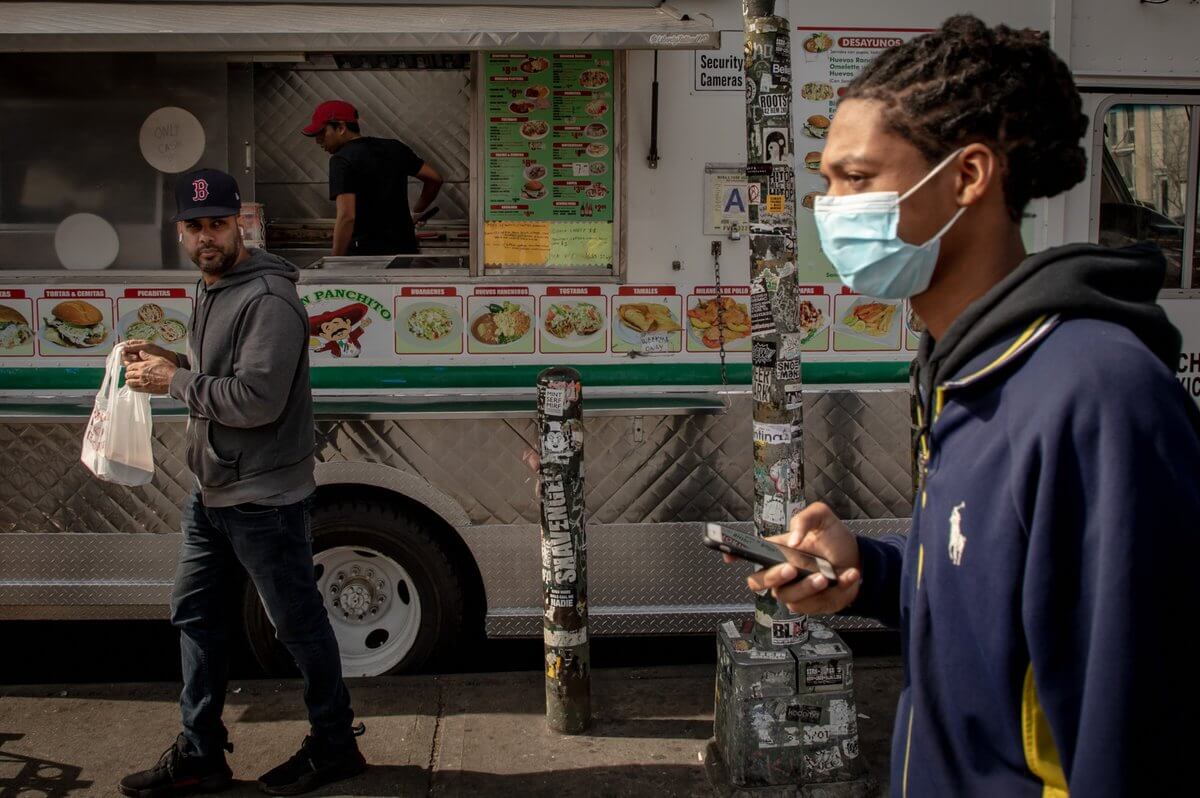
Photo Cred: Eater NY
A trend we keep seeing nationally is this return to hyper local. Would you say New York is following suit?
New Yorkers have always tended to have their neighborhood places. The biggest shift for us is that no one is doing fine dining or high-end dining. So, those places have had to be more creative and offer a more affordable version of takeout. Some very experienced chefs are doing great things that they’re promoting on Instagram. And I say there’s definitely more interesting options than what we were seeing before.
There are a lot more singular concepts and niche ideas that have taken off. For example, there’s a ton of dessert places that have cropped up and done well. For instance, the former chef at this French restaurant called Le Coucou Daniel Skurnick created this new business selling pastries. He didn’t start his business because of pandemic, but has been doing very well. There’s another business that just delivers perfectly ripe avocados—stuff like that.
Avocados! Why not? How would you describe the street food scene in New York right now?
The street food sense has suffered a lot during the pandemic because so many mobile vendors were dependent on office workers, like in the financial district or in midtown. My old office was 4th and midtown, where all these trucks would be lined up for lunch. They did really decent business, it appeared, but those areas are dead now because there haven’t been any office workers.
We also had these very archaic rules that limited number of vendor permits, so there were underground markets where people were paying tens of thousands of dollars for permits. And just last month, the city council approved opening up the number of vendor permits for the first time in 37 years. Brick and mortars were pushing back on it because they argued that it’s taking business away from them. But that’s basically the conversation happening around street food right now.
How has your coverage of the food industry changed over the past year?
We’ve had to cover everything pandemic-related—like policy and governmental stuff in the city—which we never really focused on before. The service content is not what everyone is going for right now because we’re not eating out in the same way. Our regular coverage started picking up again in the fall, but the pandemic still drives everything.
Of course, there are still a lot of stories to tell. And because people in the industry are so creative and will hustle to make a living—there’s always going to be something there. There’s still an appetite for all things food related and eventually, things should get back to normal.
You can read more of Bao’s insights on Eater NY. You can also follow him on his Instagram or Twitter.
By Renee Frojo

